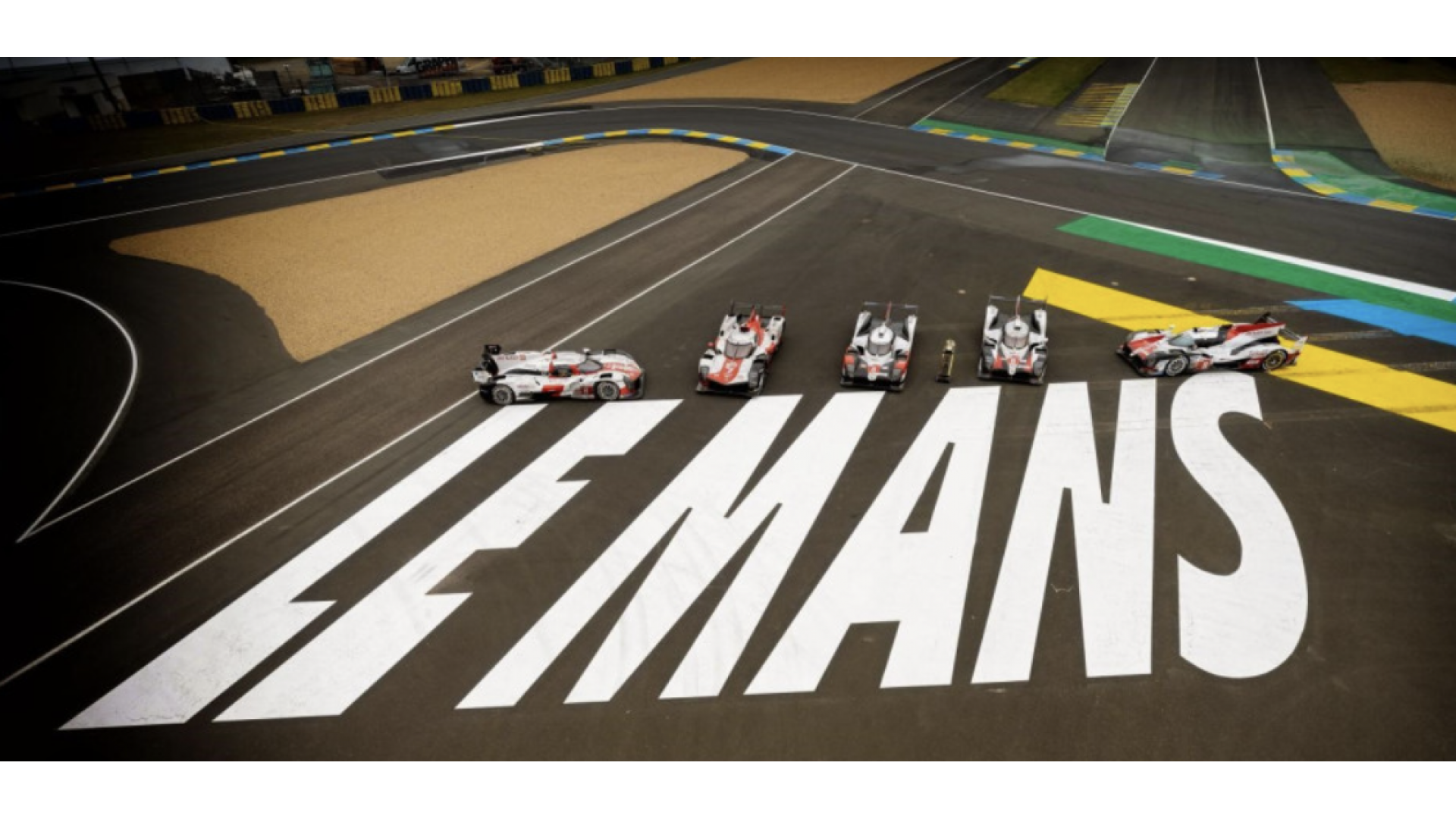In the world of motorsport, few events command as much respect and admiration as the Le Mans 24 Hour Race. Held annually since 1923 near the town of Le Mans, France, this endurance race is a true test of skill, strategy, and stamina. With a rich history spanning nearly a century, the Le Mans 24 Hour Race has captured the imagination of motorsport enthusiasts worldwide, earning its place as one of the most iconic events in the racing calendar.
Origins and History: The origins of the Le Mans 24 Hour Race can be traced back to the aftermath of World War I when the Automobile Club de l'Ouest (ACO) sought to revive motorsport in France. Inspired by the Grand Prix races of the time, the ACO envisioned a unique endurance event that would push both man and machine to their limits. Thus, the idea of a 24-hour race was born, and the Circuit de la Sarthe, a challenging mix of public roads and purpose-built sections, was chosen as the venue.
The inaugural race took place on May 26-27, 1923, with an eclectic mix of vehicles ranging from sleek sports cars to rugged touring cars. Since then, the Le Mans 24 Hour Race has become an annual fixture, interrupted only by World War II. Over the years, it has witnessed triumphs, tragedies, and technological advancements, solidifying its status as a cornerstone of motorsport.
The Challenge: What sets the Le Mans 24 Hour Race apart from other endurance events is its grueling format. Teams must navigate the 13.6-kilometer circuit, comprising long straights, tight chicanes, and challenging corners, for an entire day and night. Unlike sprint races where drivers push for maximum speed from start to finish, endurance racing demands a delicate balance between speed and reliability.
Endurance is the name of the game at Le Mans. Teams must carefully manage their resources, including fuel, tires, and brakes, to ensure they last the duration of the race. Moreover, the unpredictable weather, traffic, and mechanical failures add an element of unpredictability, making every lap a test of skill and nerve.
Legendary Moments: Over the decades, the Le Mans 24 Hour Race has produced countless memorable moments that have etched themselves into motorsport lore. From epic battles on the track to acts of sportsmanship and resilience in the face of adversity, each edition of the race has its own story to tell.
One of the most iconic moments in Le Mans history occurred in 1969 when Ford secured a historic 1-2-3 finish, with the GT40 Mk I dominating the podium. Another legendary moment came in 1988 when the Jaguar XJR-9LM, driven by Jan Lammers, Johnny Dumfries, and Andy Wallace, secured victory against all odds, overcoming technical issues to clinch the win.
The Legacy: Beyond its sporting significance, the Le Mans 24 Hour Race has also been a hotbed of innovation, driving forward automotive technology and engineering. From the pioneering days of the 1920s to the hybrid powertrains of the modern era, manufacturers have used Le Mans as a proving ground for their latest advancements in performance and efficiency.
Moreover, the race's enduring appeal has transcended generations, captivating audiences worldwide and inspiring a sense of camaraderie among fans and competitors alike. Whether it's the roar of the engines echoing through the French countryside or the spectacle of cars hurtling down the Mulsanne Straight at breakneck speeds, Le Mans continues to captivate the imagination of motorsport enthusiasts around the globe.
Conclusion: The Le Mans 24 Hour Race stands as a testament to the enduring spirit of motorsport. For nearly a century, it has pushed the boundaries of human and machine, showcasing the relentless pursuit of excellence and the thrill of competition. As we look ahead to the future, one thing remains certain: the legend of Le Mans will continue to burn bright, inspiring generations of racers and fans for years to come.

